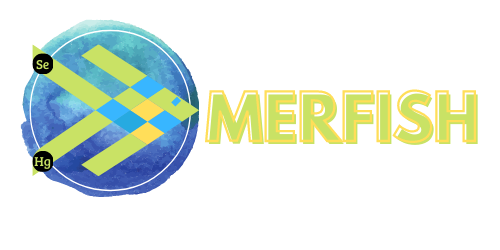Analytica Chimica Acta
DOI https://doi.org/10.1016/j.aca.2023.340952
Multipartner research article (IPREM-CNRS, UCM, CEBC, LIENS)
Abstract
The present work explores for the first time the potential of formic acid on the extraction of tiemannite (HgSe) nanoparticles from seabird tissues, in particular giant petrels. Mercury (Hg) is considered one of the top ten chemicals of major public health concern. However, the fate and metabolic pathways of Hg in living organisms remain unknown. Methylmercury (MeHg), largely produced by microbial activity in the aquatic ecosystems is biomagnified in the trophic web. HgSe is considered the end-product of MeHg demethylation in biota and an increasing number of studies focuses on the characterization of this solid compound to understand its biomineralization. In this study, a conventional enzymatic treatment is compared with a simpler and environmentally friendly extraction by using formic acid (5 mL of = 50 % formic acid) as exclusive reagent. The analyses by spICP-MS of the resulting extracts from a variety of seabird biological tissues (liver, kidneys, brain, muscle) reveal comparable results by both extraction approaches in terms of nanoparticles stability and extraction efficiency. Therefore, the results included in this work demonstrate the good performance of employing organic acid as simple, cost effective and green procedure to extract HgSe nanoparticles from animal tissues. Moreover, an alternative consisting of a classical enzymatic procedure but with ultrasonic assistance reducing the extraction time from 12 h to 2 min is also described for the first time. The sample processing methodologies developed, combined with spICP-MS, have emerged as powerful tools for the rapid screening and quantification of HgSe nanoparticles in animal tissues. Finally, this combination allowed us to identify the possible occurrence of Cd particles and As particles associated with HgSe NPs in seabirds.













